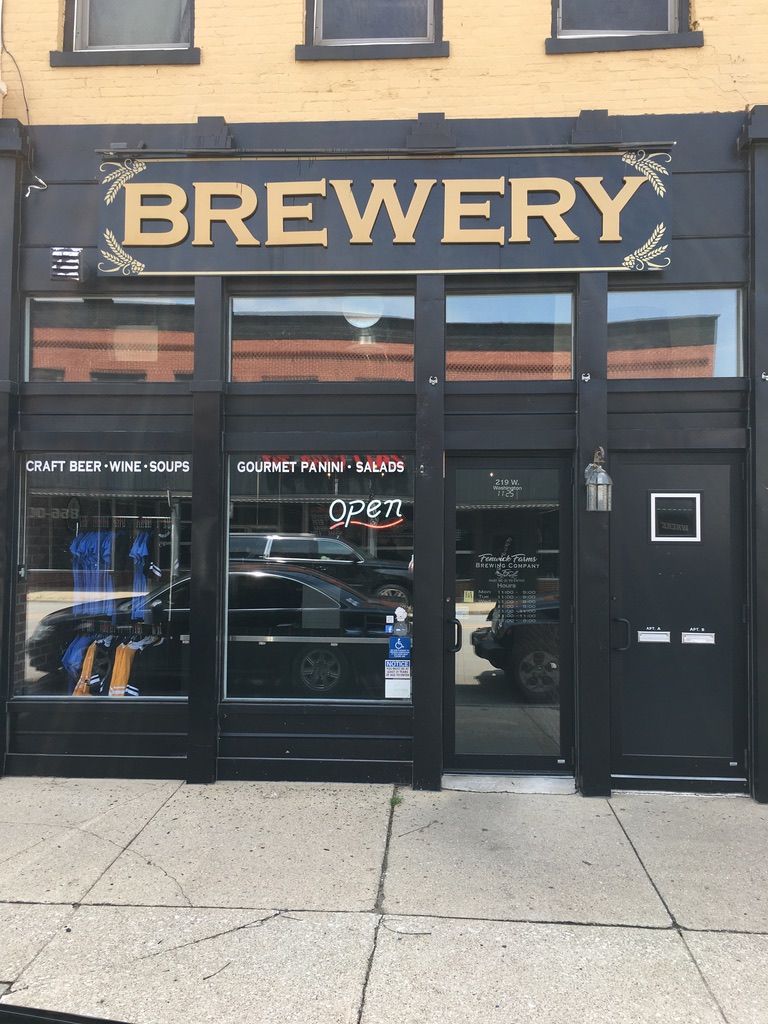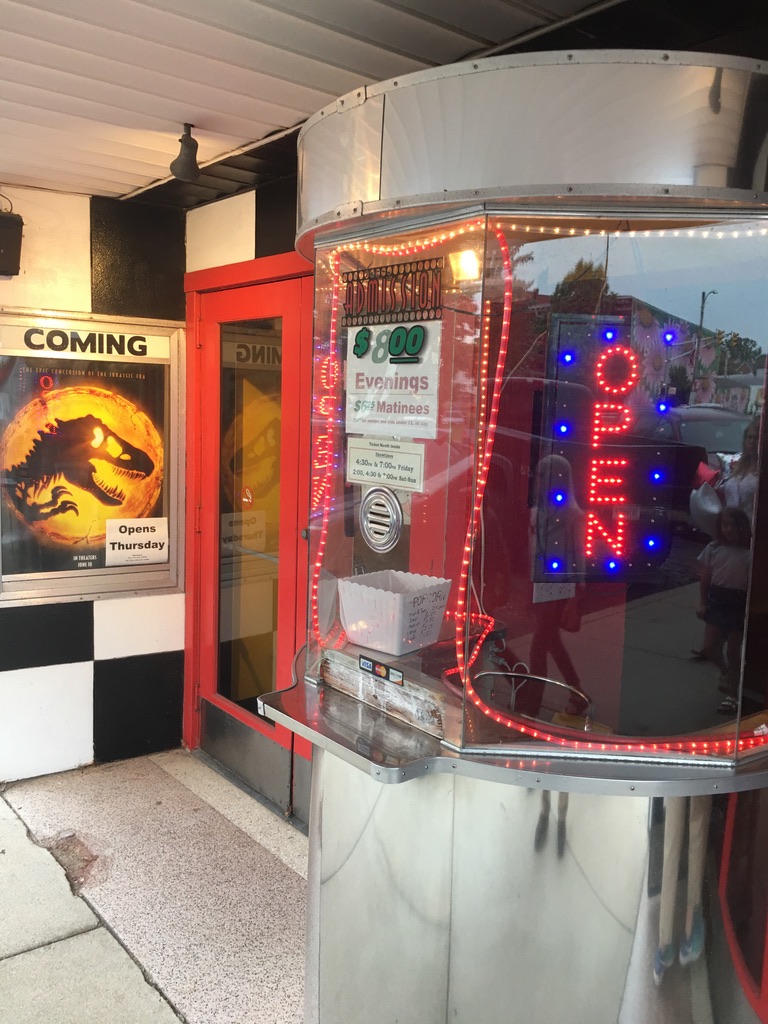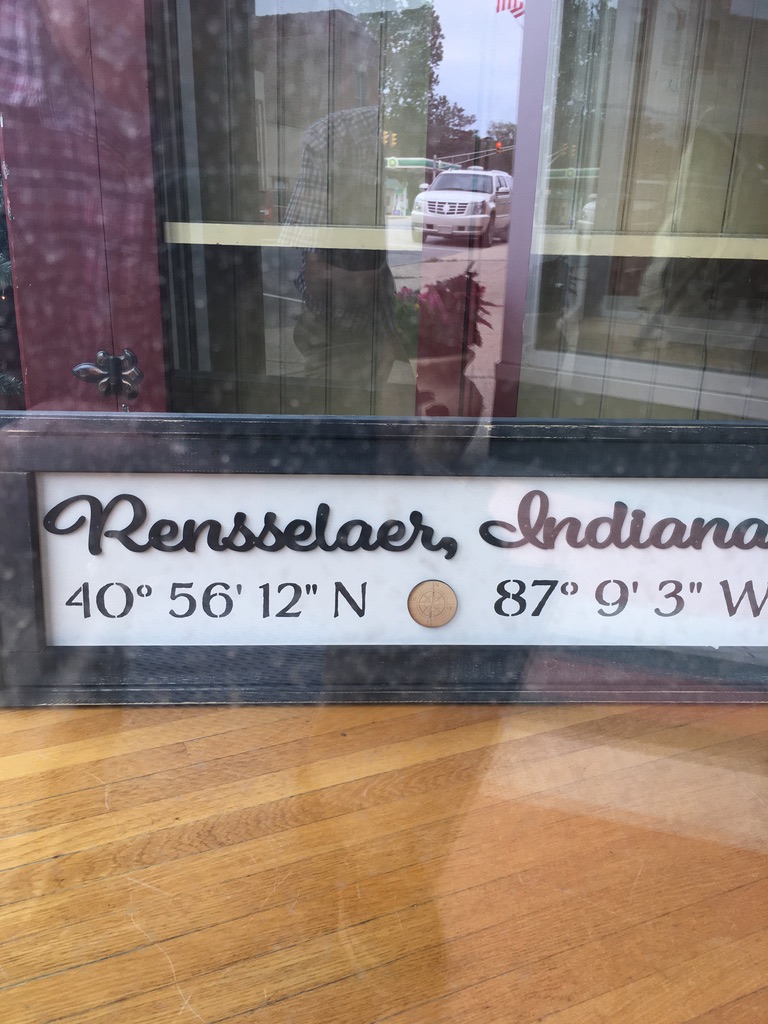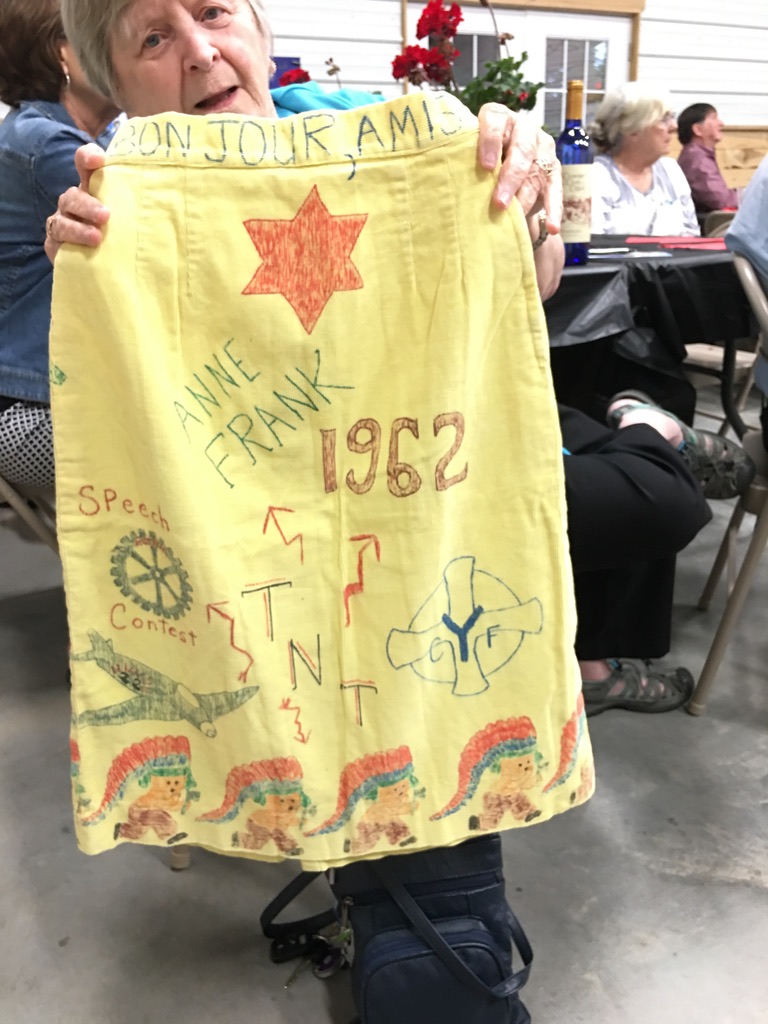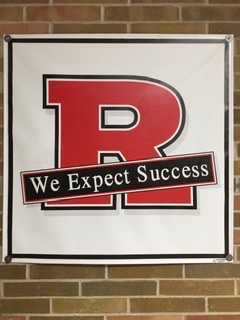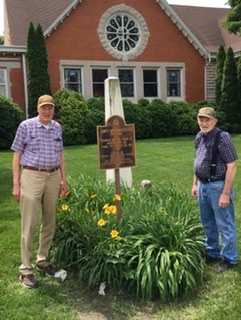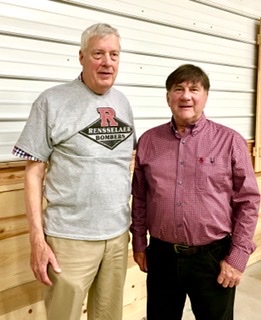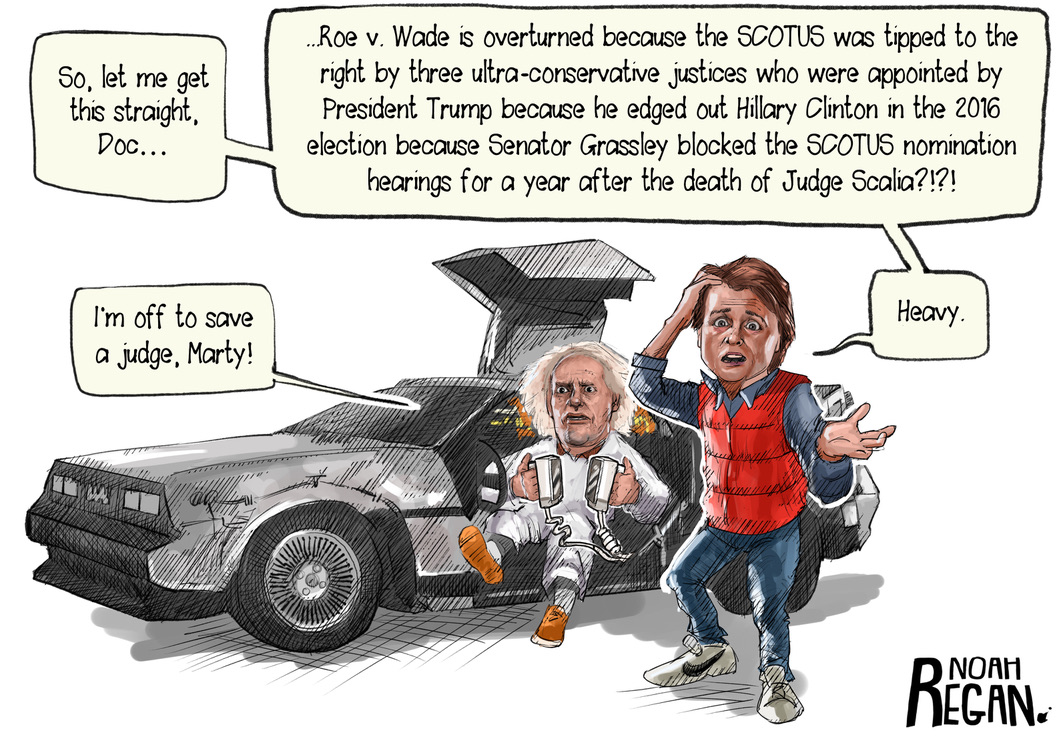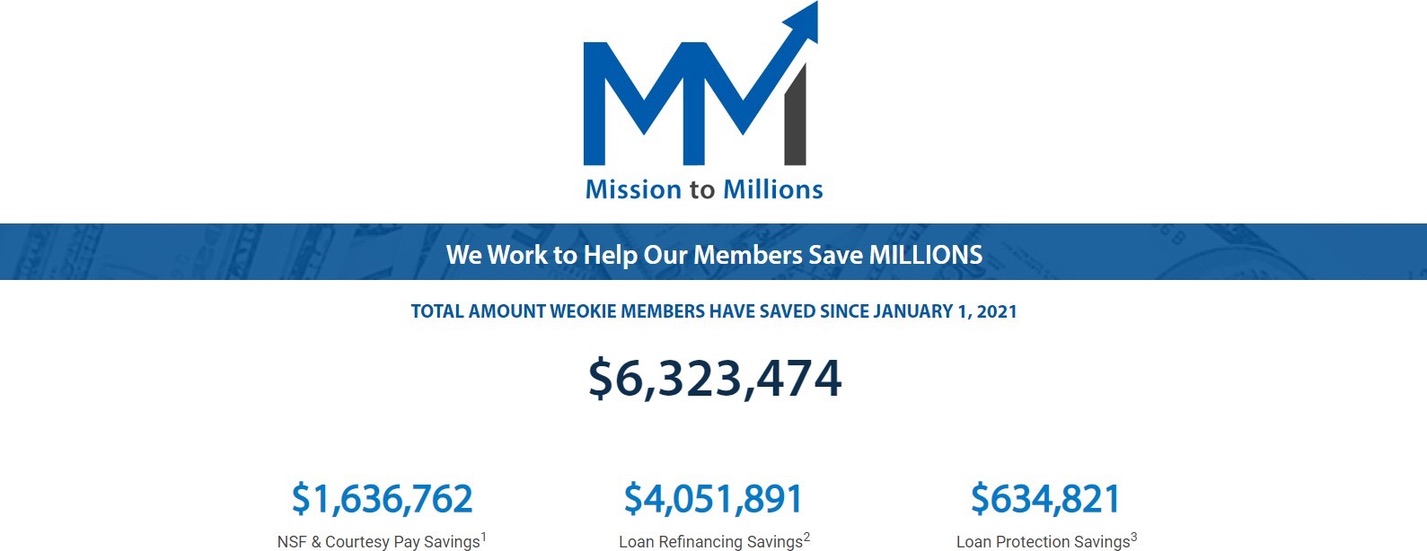While NCUA’s $350 million annual budget is the primary Board item, that is not the most important financial issue. For there is unfinished business stretching back over a decade. The agency owes credit unions an amount that is 250% greater than the budget it will be discussing.
Here’s the details.
In March 2009 NCUA Board member Rodney Hood along with Chair Michael Fryzel and member Gigi Hyland voted to conserve US Central Credit Union and WesCorp, the two largest corporate credit unions.
My hunch is that board member Hood never expected to be overseeing the continued distribution of US Central’s almost $2.0 billion surplus thirteen years later during a second term on the Board.
Credit Unions Due $846 Million
As of the March 2022 AME financial reports for the five liquidated corporates, NCUA projects over $846 million is remaining to be paid. The majority, $556 million, is from US Central’s estate.
When completed total AME payments to credit union member shareholders will exceed $3.2 billion. As a comparison, the total capital of the eleven active corporates at December 2021 was only $2.5 billion.
Put bluntly, the collective funds returned by the four liquidated corporates is 132% great than all the equity in corporates active today. Closing these solvent corporates was a catastrophic error in judgment!
The March 2022 AME financials presents the total forecasted payments to the four corporate’s members and the remaining amounts due.
US Central: $1.832 billion with $ 556 million due
Mbrs United: $ 622 million with $130 million due
Southwest: $ 613 million with $127 million due
Constitution: $ 48 million with $ 32 million due
There are no payments for the $1.1 billion of credit union member capital at WesCorp. NCUA projects a WesCorp deficit after all recoveries at $2.1 billion. This is the only loss to the NCUSIF from the five corporate liquidations. (from line B4-Due to Government March 2022 AME financials)
Total Corporate Surplus Now Tops $5.8 Billion
The above amounts do not include the $2.563 billion added to the NCUSIF when the TCCUSF surplus was merged on October 1, 2017. Adding this amount brings total recoveries to almost $5.8 billion.
This surplus continues to point the need for an objective review of the entire corporate resolution effort.
When US Central was seized in March of 2009 NCUA Chair Fryzel was quoted in a Wall Street Journal March 21 article: “With us in control, we’d get honest numbers.”
If subsequent events have shown anything, it is that “honest” numbers in an environment of uncertainty depends on who does the accounting. Especially when the underlying process relies on valuation models that claim to project the economic climate and related cash flows years or even a decade into the future.
The Core Regulatory Failure
The problem is not the models or their incorrect assumptions, both of which were wrong. The error is that predictions should not be the primary basis for resolution strategy. All models are wrong; some are useful.
The required response is managing the daily dynamics as markets change. Trying to predict the future as the basis for today’s tactics led to disastrous decisions in NCUA’s assessment of the corporate assets.
With NCUA’s ALM/NEV supervisory tests becoming more prominent in today’s rising rate environment, the limitations of financial modeling is a much needed lesson to bear in mind.
The Need for a Look Back
But a look back is important for another reason. Still today NCUA Chair Harper and senior staff use the apocalyptic estimates and conjectures thrown out in 2009 as NCUA projected future events. The hyperbolic forecasts were incorrect then; it is double injury to repeat them today when the actual facts are known.
In the same WSJ article above, Chairman Fryzel was quoted: “regulators aren’t concerned about the health of any other wholesale credit unions besides the two brought into conservatorship.” Yet just a year later when no longer chair, member Fryzel supported the liquidation of three more corporates, a decision that was devastating for the system and individual corporates. Both Southwest and Members United are paying liquidating dividends on top of returning all their members’ capital shares.
By forecasting disaster, NCUA took unilateral action without any industry involvement except paying the bills. There was no check and balance, no transparency and no alternative solutions developed.
Unfortunately, that unilateral regulatory mindset continues today. It undercuts the unique cooperative advantage of collaboration represented in the common credit union funded resources in the NCUSIF and CLF for individual turnarounds.
The most important takeaway from the corporate debacle is not estimation failures or the value of patience when resolving problems. Rather it is NCUA’s failure to understand the unique cooperative capabilities when developing regulatory work out plans.
That lesson should include respect for the institutions in difficulty and a willingness to work together for solutions versus liquidating problems to make them go away.
The one board member who is best positioned to state the importance of this learning opportunity is Rodney Hood. He was there at the Alpha and now hopefully, the Omega.
His counsel should be heard. And credit unions should get their funds back ASAP. Enough delays!
PS: I hope a board member will ask what the additional $10 million in liquidation expenses paid (outside the NCUA budget) in the first quarter from the AME recoveries was used for.

